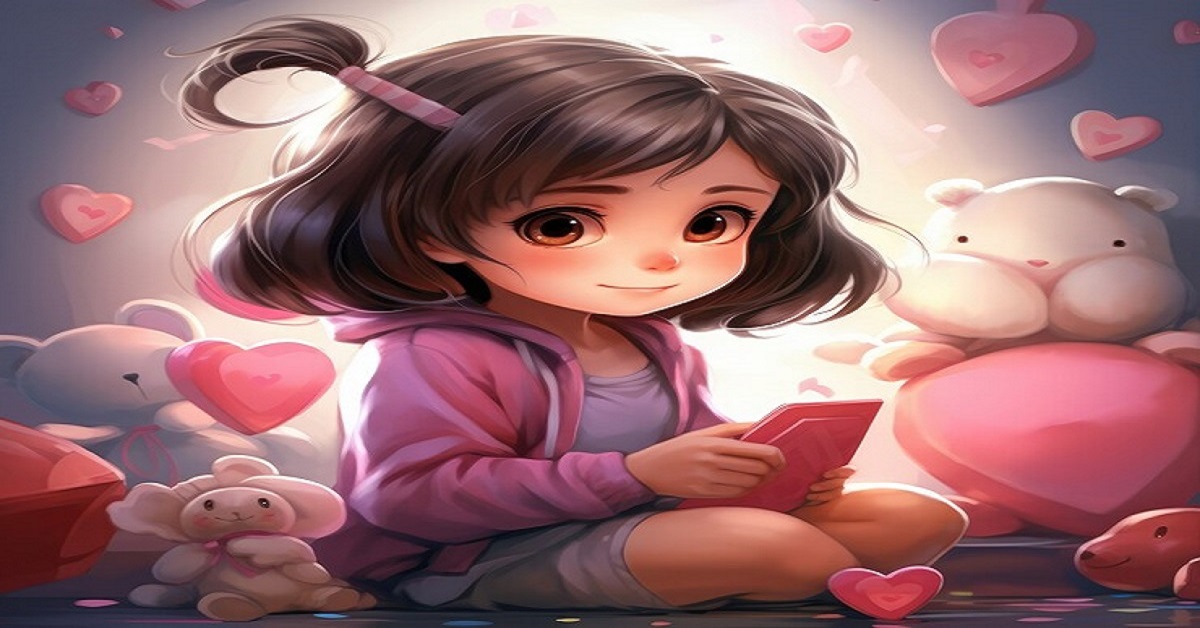Introduction
In the realm of anime, “kawaii” (かわいい) holds significant cultural and aesthetic value. Originating from Japanese culture, kawaii is often translated as “cute” or “adorable” in English.
However, its meaning transcends mere cuteness; it embodies a complex cultural phenomenon deeply intertwined with the visual and narrative elements of anime.
Visual Representation of Kawaii
Kawaii characters in anime are characterized by their large, expressive eyes, small noses, and exaggerated facial expressions. These features evoke a sense of innocence, vulnerability, and approachability, making them endearing to viewers.
The design of kawaii characters often emphasizes softness and simplicity, with rounded shapes and bright colors that contribute to their overall charm.
Kawaii Culture and Emotional Appeal
Beyond aesthetics, kawaii culture in anime appeals to emotions through storytelling and characterization.
Kawaii characters are frequently placed in situations that evoke empathy or concern from viewers, fostering a strong emotional connection..
Impact of Kawaii in Anime
The influence of kawaii extends beyond character design and storytelling. It has become a marketing tool, with kawaii merchandise ranging from plush toys to stationery and fashion.
The global popularity of kawaii culture has led to its integration into various aspects of consumer goods and entertainment beyond Japan, creating a vibrant subculture that continues to evolve.
Contemporary Perspectives on Kawaii
In contemporary anime, kawaii remains a pivotal element, albeit adapted to suit changing trends and audience preferences.
Modern interpretations may blend traditional kawaii aesthetics with new themes and character dynamics, reflecting diverse cultural influences and technological advancements in animation.
Conclusion
kawaii in anime represents more than just a visual style; it embodies a cultural phenomenon that captivates audiences worldwide.
Through its distinctive aesthetic and emotional resonance, kawaii characters and themes continue to shape the landscape of anime, leaving a lasting impact on both popular culture and artistic expression.
References
- Murakami, Takashi. “Kawaii Aesthetic and Globalized Art.” Little Boy: The Arts of Japan’s Exploding Subculture. Yale University Press, 2005.
- MacWilliams, Mark. Japanese Visual Culture: Explorations in the World of Manga and Anime. M.E. Sharpe, 2008.
